Dental Restorations are treatments used to restore the function, integrity, and morphology of missing tooth structure resulting from caries or external trauma as well as to the replacement of such structure supported by dental implants.
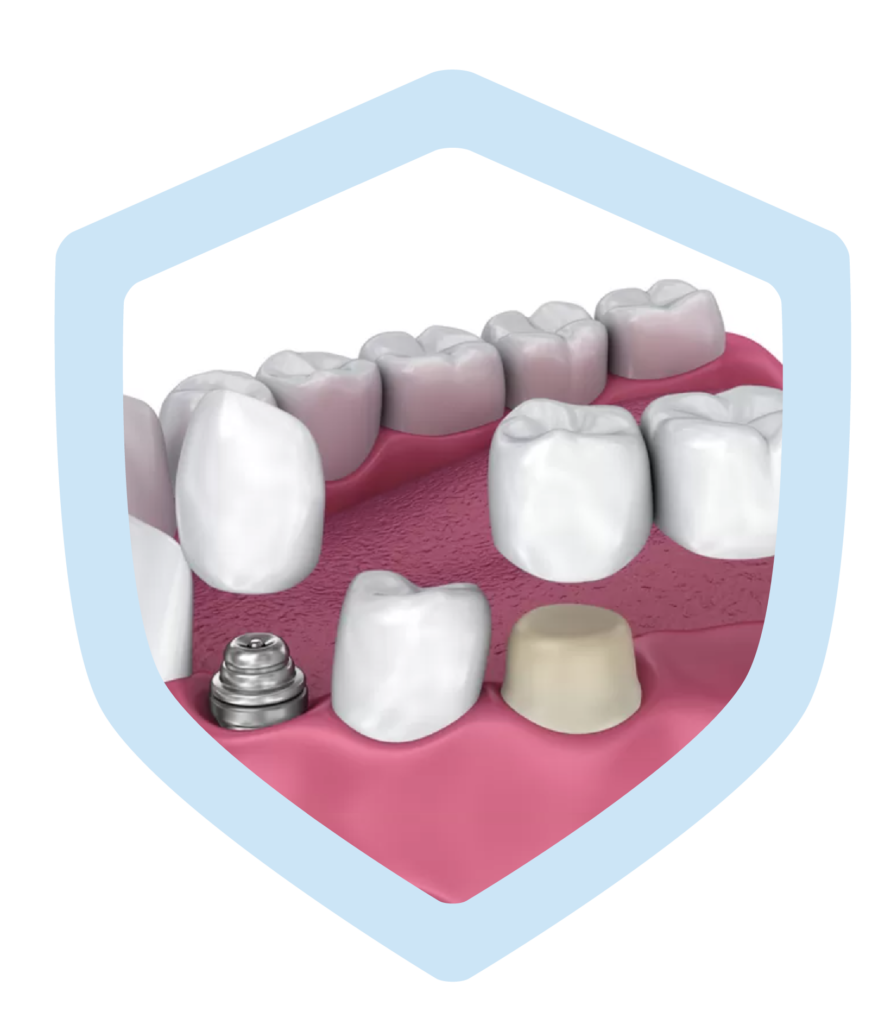

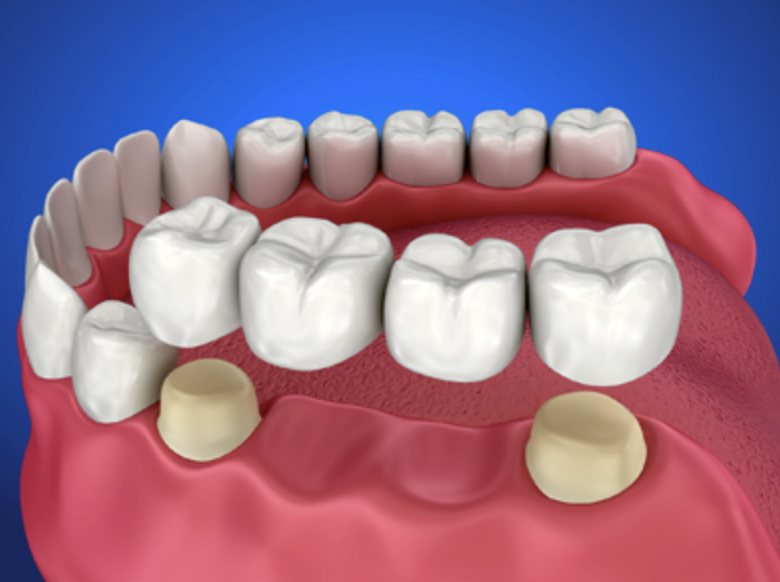
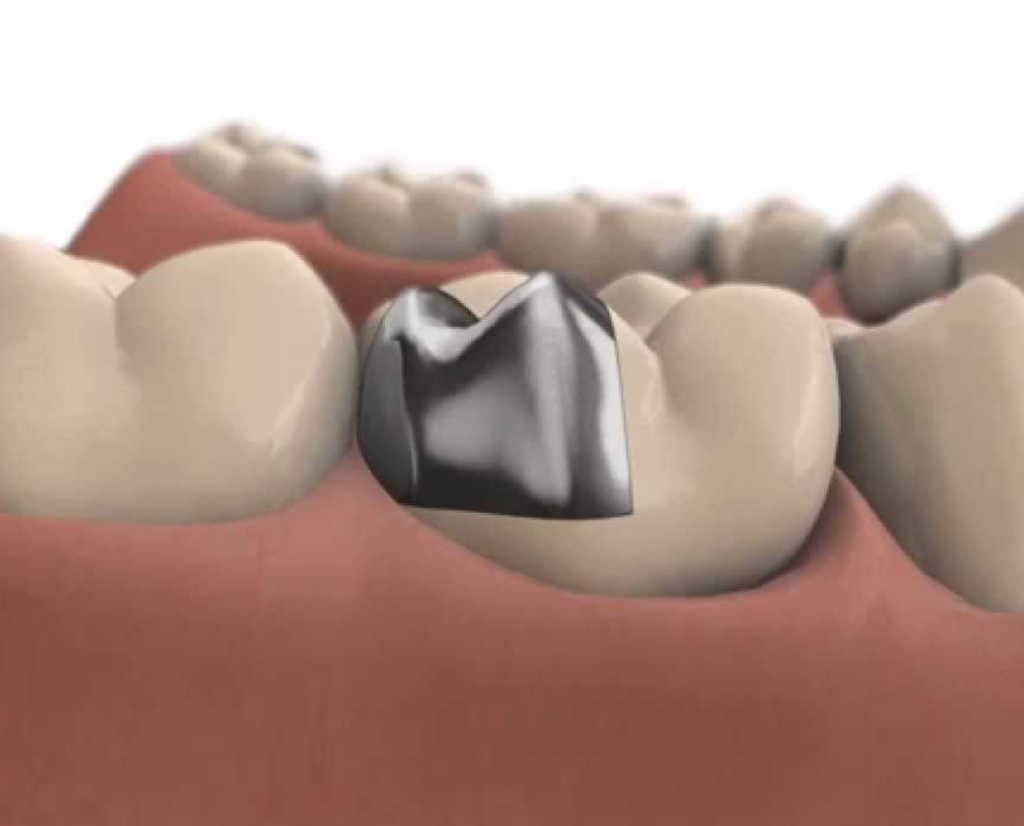
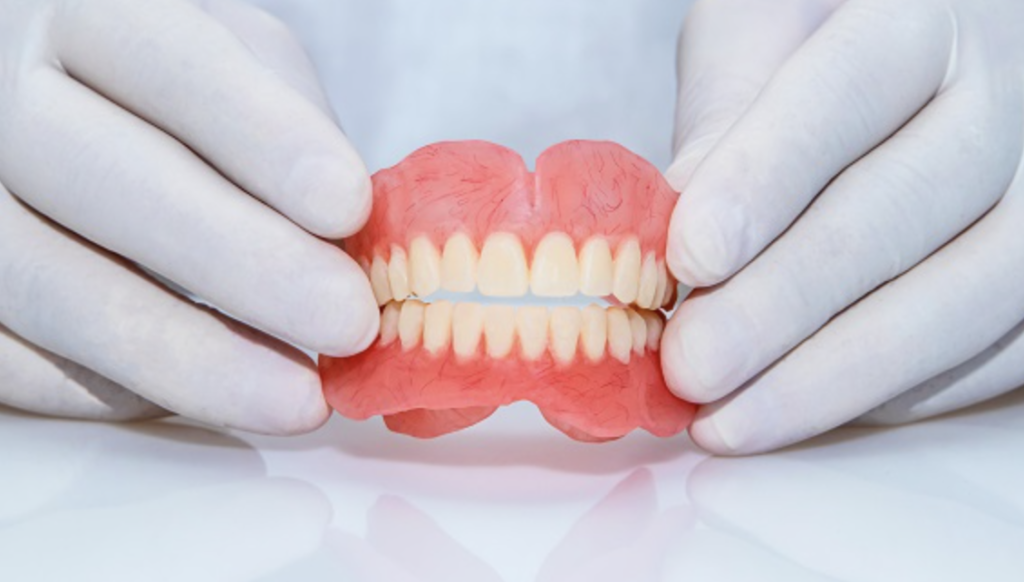
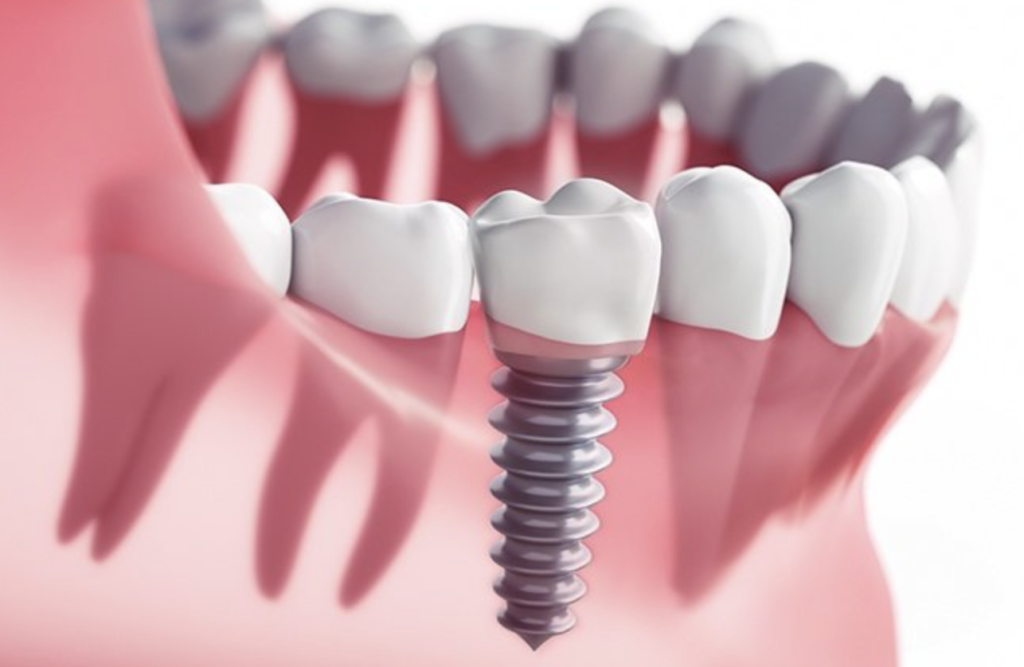
Dental veneers are fine shells made typically porcelain or composite resin, that are placed over a tooth to cover chips and cracks, especially on the front teeth. Composite resin veneers can be cheap and quick to put on, but only last a few years and are most susceptible to get cracked. Porcelain veneers are more expensive, but they worth it for its strength and durability.
A dental crown is a cap that sits over a damaged tooth to provide a good biting surface and maintain the structural integrity of the tooth. Without a crown, a damaged tooth can end up breaking after a while.
Bridges are a group of two or more crowns together with the purpose of replace several missing teeth in a row. The crowns at the end of the bridge can be installed on the remaining healthy teeth, or in dental implants.
These are a type of halfway point between veneers and crowns that replace specific parts instead of replace the whole crown of a tooth.
Inlays are used to cover up cracks or holes in the “dips” of teeth, known as cusps. Onlays cover the raised ridged areas. These are useful for chipped or cracked teeth that don’t quite need a full restoration, or to plug gaps left by root canals or tooth fillings.
Dentures have the purpose of replace part or the entire arch of missing teeth.
Dentures can be made of a variety of materials all depending on the current budget and aesthetics. Years ago it was common to simply sit the dentures on the bare gums of the person, but now they’re being supported or stabilized by dental implants.
Dental implants are the top in tooth restorations. A single dental implant can bring back the look, shape, feel just as a natural tooth, they’re like having your real tooth back.
Dental implants can also be used to hold other restorations, such as bridges and dentures. This helps them to be much more stable and effective than they used to be in the past.
Dentures can be made of many different materials depending on budget and aesthetics. In the past they simply sat on the bare gums of the wearer, but more and more today they’re being supported or stabilized by dental implants.
This has breathed a second life into the restoration, which for many years had been negatively associated with the image of teeth falling out at an awkward moment.
Sometimes decay, injury, disease, or other factors can cause a tooth to break, leaving you with a fractured smile, issues with talking or chewing, or oral health problems if the breakage is severe.
Our comprehensive restorative dentistry services make it possible for you to have quality repairs to your broken teeth. A dental crown covers the entire exposed portion of the tooth with a porcelain material which is specifically molded to restore and protect a broken tooth.
The porcelain is colored to match the surrounding teeth so that the crown is almost completely indistinguishable from a natural tooth.
If you have ever had a missing tooth, you have experienced the inconvenience of eating and speaking without the proper tools, and the embarrassment of an incomplete smile. Aside from these everyday dilemmas, missing teeth also contribute to alveolar atrophy—also called jawbone deterioration—and cause surrounding teeth to drift out of place. Alveolar atrophy occurs because the jawbone is missing the chewing stimulation it receives from a tooth.
Dental implants replace the missing teeth by fusing directly to the jawbone and recreating a chewing sensation that keeps jawbone shrinkage at bay.
Dental implants also create a spacer which keeps surrounding teeth from drifting to accommodate for the hole that is left from a missing tooth.
The procedures preceding a dental restoration depend on what type of restoration you’re having.
Before any procedure, be sure to keep your teeth as clean as possible by brushing and flowing. Your dentist will discover cavities during a routine cleaning and schedule an appointment to apply fillings.
For dentures, during a preliminary visit, they’ll measure your mouth and make models of your jaw.
Following a dental restoration, your dentist might recommend that you change your eating and drinking habits for the next 24 hours:
After any procedure you must continue brushing and flossing your teeth every day.
Your dentist may ask you to only floss in one direction and pull the floss through so that you don’t dislodge a temporary restoration.
If you have a question that wasn’t addressed above, our staff is happy to chat with you.
We’re also here to explain any of the above processes and procedures in greater detail.

From USA
From Mexico